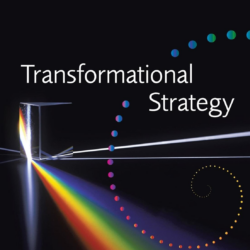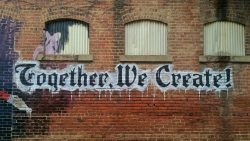Discerning Trends Using the Social Process Triangles
Facilitating Discernment of Trends Using the Social Process Triangles

- Set a context – the focus within which you are looking for trends. For example, one large retail company needed to look at the trends in retailing in Canada so that they could project some of the changes they might need to make to take advantage of the trends and remain competitive. A social service agency might need to look at how demographics or social concerns are changing in their catchment area, so that they can make sure they are serving the needs of the population.
- Ask people to think of small changes around them that have caught their attention. Have each person list a few of these. Give some examples of areas to look for within the larger focus – for example if they are looking for retail trends, they might want to look at any changes they’ve noticed what they or people they know are looking for when they buy something, or any changes they’ve noticed in how sales people approach them, or changes in where people are going for the objects they are choosing to purchase. Try to make these areas as open and comprehensive as possible, so as to catalyze comprehensive thinking without skewing the results.
- In small groups, have people write their observations on stickies or small cards. Let them know that all observations are accepted, and that if they have very different or opposite observations they should write them all on cards rather than argue and eliminate any.
- Introduce the Social Process Triangles. Talk them through the triangles for a basic understanding of the social dynamics (use the introductory PowerPoint here).
- Ask the small groups to plot their observations on a set of triangles on the wall – where they most likely fit. (Different aspects of observations often could go in more than one place.)
- The whole group then looks at the data on the wall. Have people ask questions of clarification if necessary to understand the observations and where they are placed.
- Then look for clusters as a group. Intuitively mark where there are boundaries between clusters. You can use very narrow strips of painter’s tape to mark the clusters, or sticky string, or even a marker (although it is very hard to change the marker line if you make a mistake or the group changes its mind).
- When the clusters are marked, use the following focused conversation to discern the larger trend:
- Read the cards in this cluster out loud.
- What words on these cards jump out at you?
- What are some clues to the larger trend that is emerging?
- Name the trend – “Toward….. “
After the trends are named, you can use a focused conversation or other tools to determine how you will respond to the trends.





